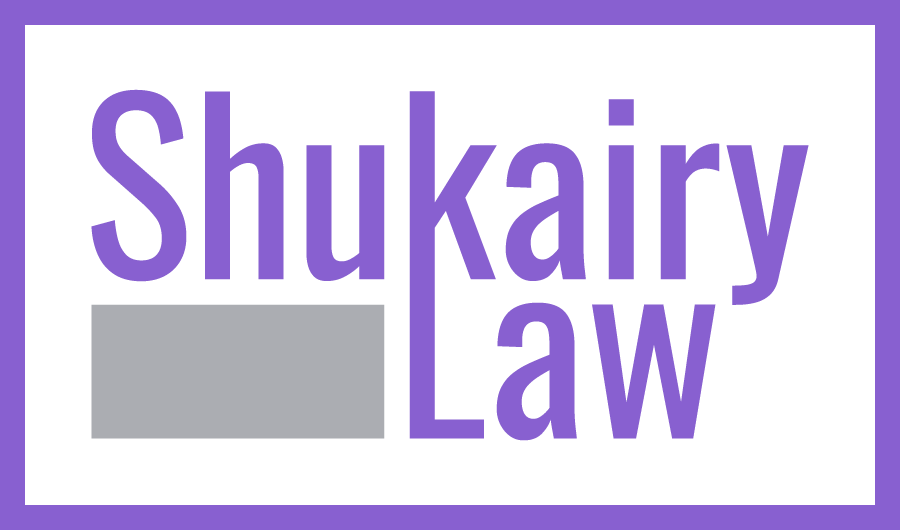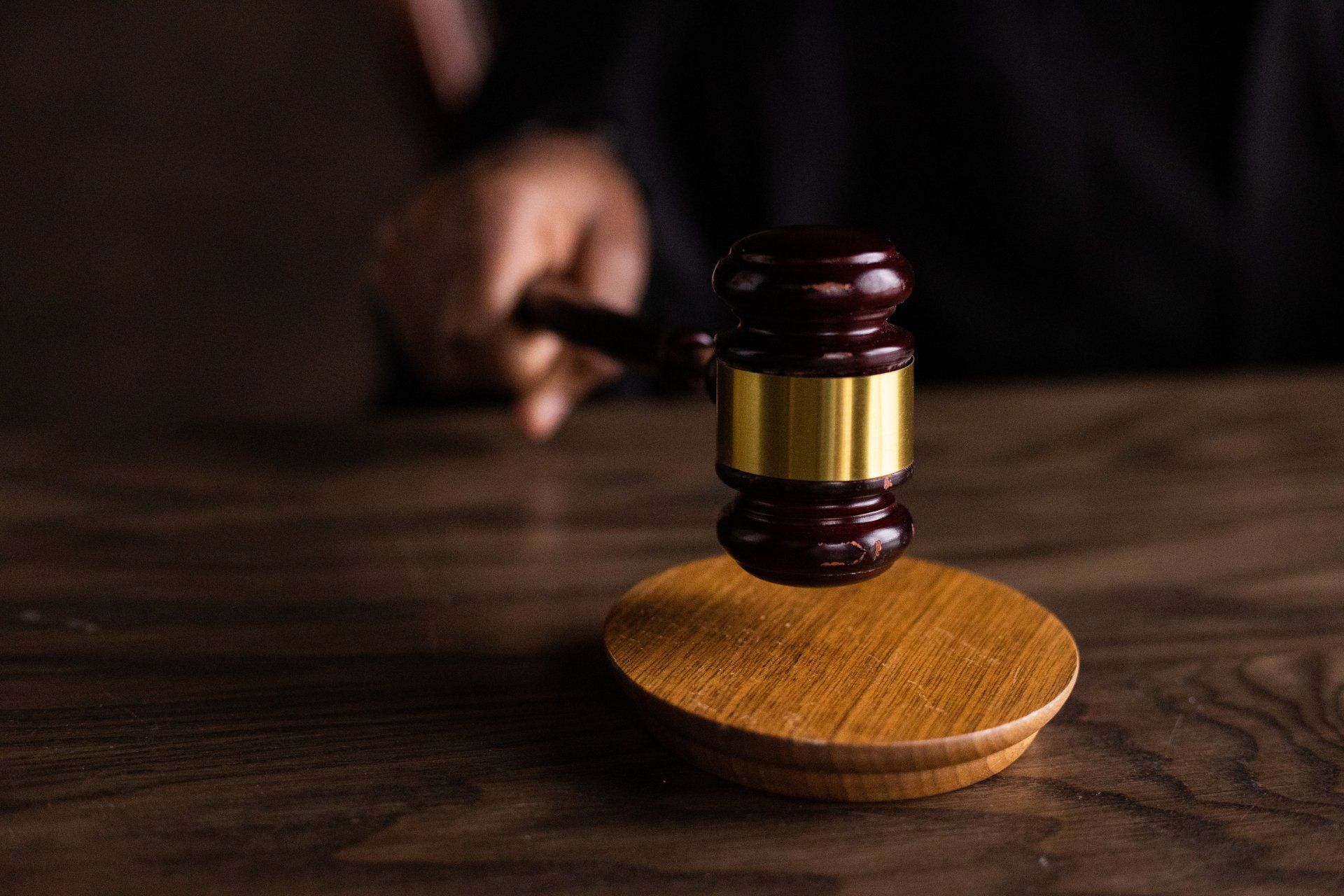The W.(D.) Test
The Ontario Court of Appeal (ONCA) released today the decision of
R . v.
Smith , 2020 ONCA 782 (
Smith ) . The focus of this case is the application of the
W.(D.) test. The
W.(D.) test, is a test from the Supreme Court of Canada case of
R. v. W.(D.)
, [1991] 1 S.C.R. 742 , that triers of fact must apply in a criminal trial in order to evaluate conflicting testimonial accounts. The test consists of three steps, which do not always seem to be obvious in their application and which could sometimes lead to errors in its application. The case of
Smith is one such case.
The three steps of the W.(D.) test are as follow:
- First, if the trier of fact believes the evidence of the accused, the trier of fact must acquit the accused.
- Second, if the trier of fact does not believe the testimony of the accused but is left in reasonable doubt by it, the trier of fact must acquit.
- Even if the trier of fact is not left in doubt by the evidence of the accused, the trier of fact must ask him/herself whether on the basis of the evidence which s/he accepts, s/he is convinced beyond a reasonable doubt by that evidence of the guilt of the accused.
Explaining The Steps
The first step of the test is straight forward: if the trier of fact believes the evidence of the accused, then the issue is simple, the accused must be acquitted. It is often on the second and third prongs that the test gets sometimes confusing for triers of facts. In
Smith , this seems to have happened. Although the trial judge correctly stated the test, he did not provide explanations as to why he was left in doubt with the evidence of the accused. The trial judge in
Smith clearly rejected the evidence of the accused, but the
W.(D.) test does not end there. There still are two other steps that could lead a trier of fact to have reasonable doubt.
Where else does the W.(D.) Test apply?
The
W.(D.) test applies not just to an accused person’s testimony, but to any defence evidence and to any potentially exculpatory evidence whether led by the defence or the Crown (
Smith , par. 12).
What happened at the trial?
At Mr. Smith’s trial, the trial judge mentions the other evidence presented by the accused (other than the accused’s testimony), such as Mr. Smith’s girlfriend’s testimony. That other evidence corroborates the accused’s version of facts and yet the trial judge in
Smith never explained how that other evidence could not raise a reasonable doubt. In the ONCA words, the evidence of the accused’s girlfriend potentially confirmed his version of events and, in conjunction with his evidence, could have led to reasonable doubt (
Smith , par. 14).
The ONCA
The ONCA states in
Smith that
W.(D.) sets out a methodology for triers of fact that is intended to focus their attention on the analytical steps that must be taken in assessing the evidence in order to ensure that the trier of fact considers whether the evidence as a whole proves the accused’s guilt beyond a reasonable doubt (
Smith , par. 17). The trial judge in
Smith did not explain how certain points he considered undermined Mr. Smith’s version of events and in fact, those points seem to bolster the points he made.
The Trial Judge
For the trial judge to simply state the
W.(D.) test and list factors and state that he does not accept the accused’s evidence does not explain why he rejected his evidence (
Smith , par. 22). In addition, in applying
W.(D.) ., the trial judge also must consider whether any of the evidence at the trial raises a reasonable doubt. It is not clear from the trial judge’s reasons that he was alive to this (
Smith , par. 23).
The case of
Smith is an interesting case because it provides an explanation and some clarification of the second and third prongs of the
W.(D.) test which often lead to confusion. In this case, the factors on which the trial judge relied to decide that he had no reasonable doubt, were factors that in fact could raise a reasonable doubt yet the trial judge did not explain on what basis he still had no reasonable doubt.

About The Author
Maya Shukairy is a criminal defence lawyer based in Ottawa, Ontario. Before becoming a criminal defence lawyer, she worked in a Crown’s Office gaining experience working as a Crown prosecutor. Maya offers her services in English, French and Arabic. Shukairy Law has affordable rates and accepts Legal Aid certificates.
Find this post informative?
Share it with your friends and family.
CAUTION: the information on this page does not constitute legal advice and is NOT a substitute for legal advice. To obtain legal advice please refer to a lawyer. If you do not have a lawyer and you are seeking legal advice, you may contact us at (613) 670-5819.
Take a look at a few other posts...



